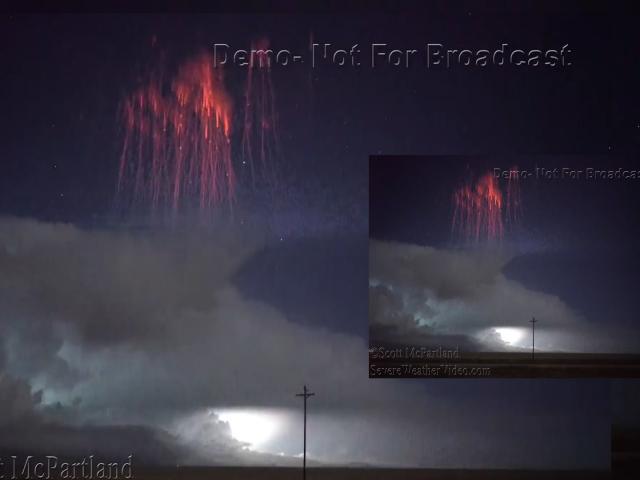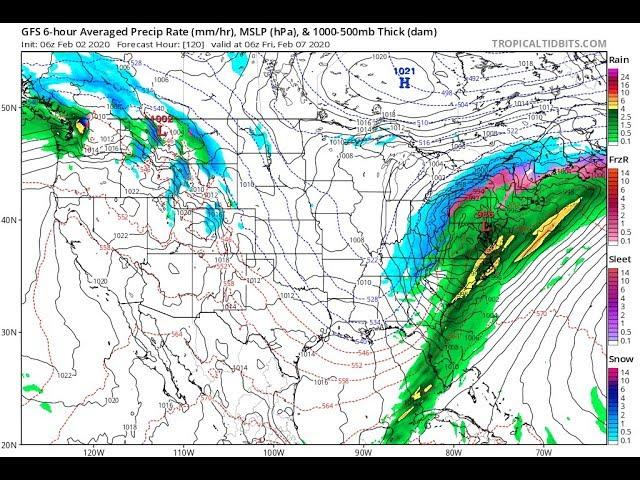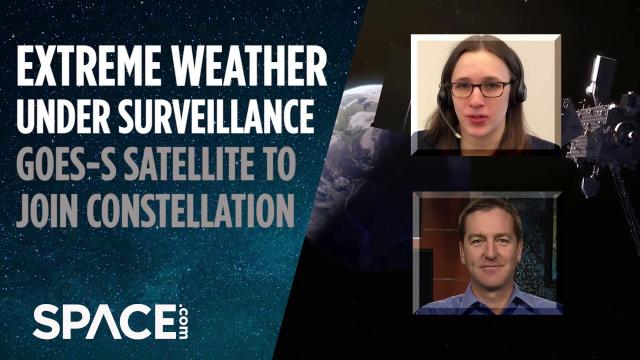Algorithm helps forecast frequency of extreme weather
Description
By combining machine learning with dynamical systems theory, a team at MIT have now developed a method to "correct" the predictions from coarse climate models. The team’s approach “nudges” a climate model’s simulations into more realistic patterns over large scales. (Learn more: https://news.mit.edu/2024/mit-derived-algorithm-helps-forecast-frequency-extreme-weather-0326)
This animation shows the evolution of storms around the northern hemisphere, as a result of a high-resolution storm model, combined with the MIT team’s corrected global climate model. The simulation improves the modeling of extreme values for wind, temperature, and humidity, which typically have significant errors in coarse scale models.
Courtesy of Ruby Leung and Shixuan Zhang, PNNL
Watch more videos from MIT: http://www.youtube.com/user/MITNewsOffice?sub_confirmation=1
The Massachusetts Institute of Technology is an independent, coeducational, privately endowed university in Cambridge, Massachusetts. Our mission is to advance knowledge; to educate students in science, engineering, technology, humanities and social sciences; and to tackle the most pressing problems facing the world today. We are a community of hands-on problem-solvers in love with fundamental science and eager to make the world a better place.
The MIT YouTube channel features videos about all types of MIT research, including the robot cheetah, LIGO, gravitational waves, mathematics, and bombardier beetles, as well as videos on origami, time capsules, and other aspects of life and culture on the MIT campus. Our goal is to open the doors of MIT and bring the Institute to the world through video.














